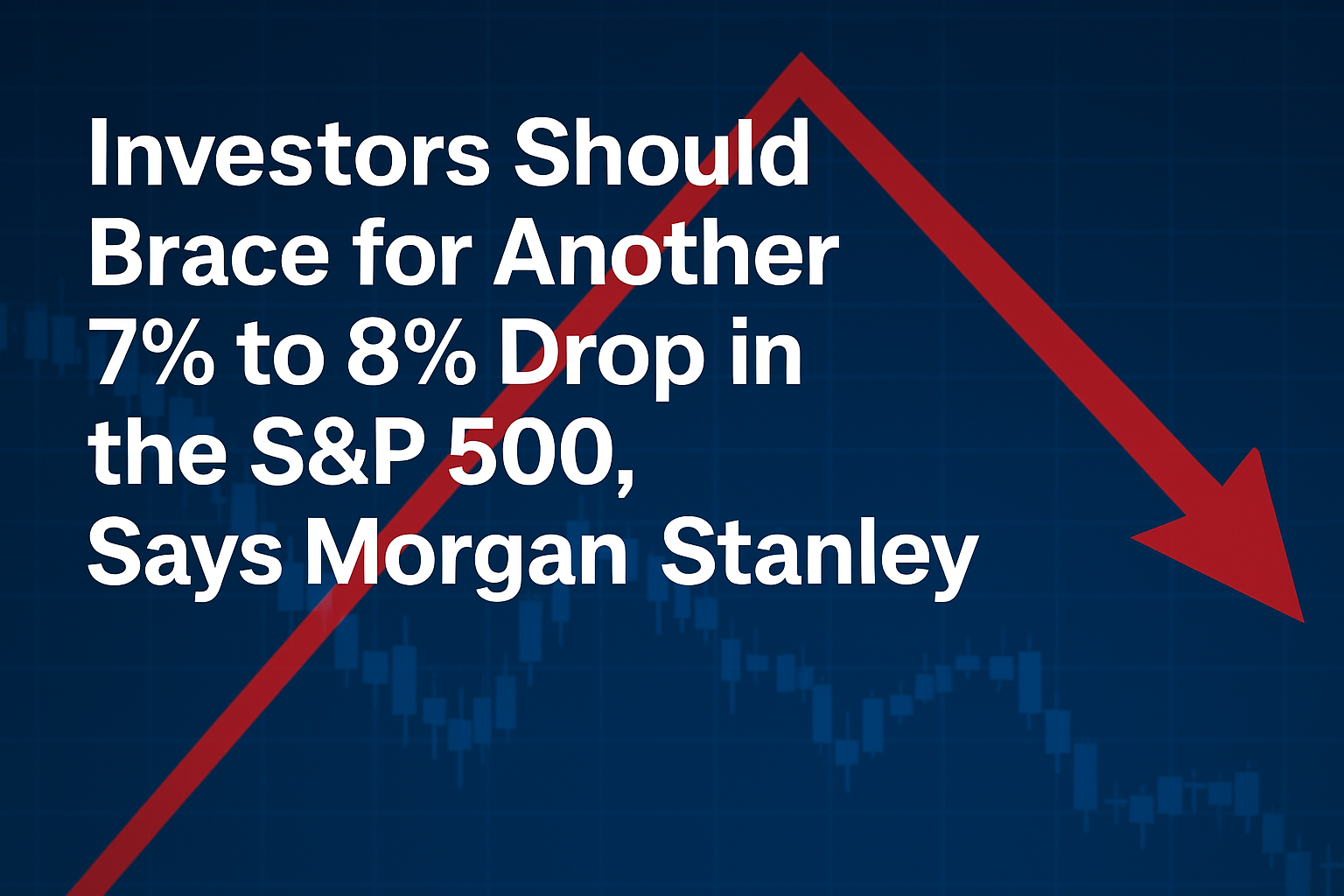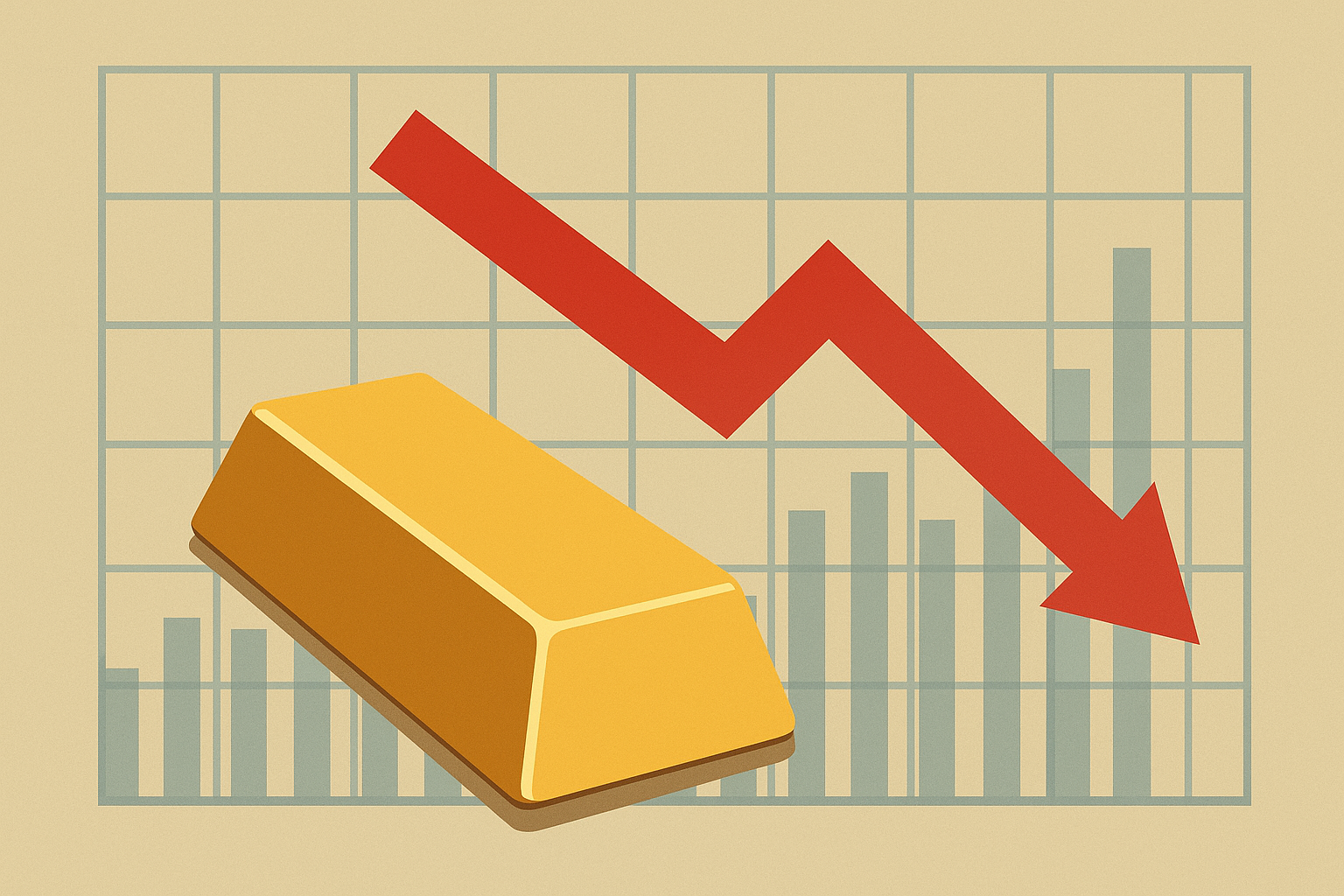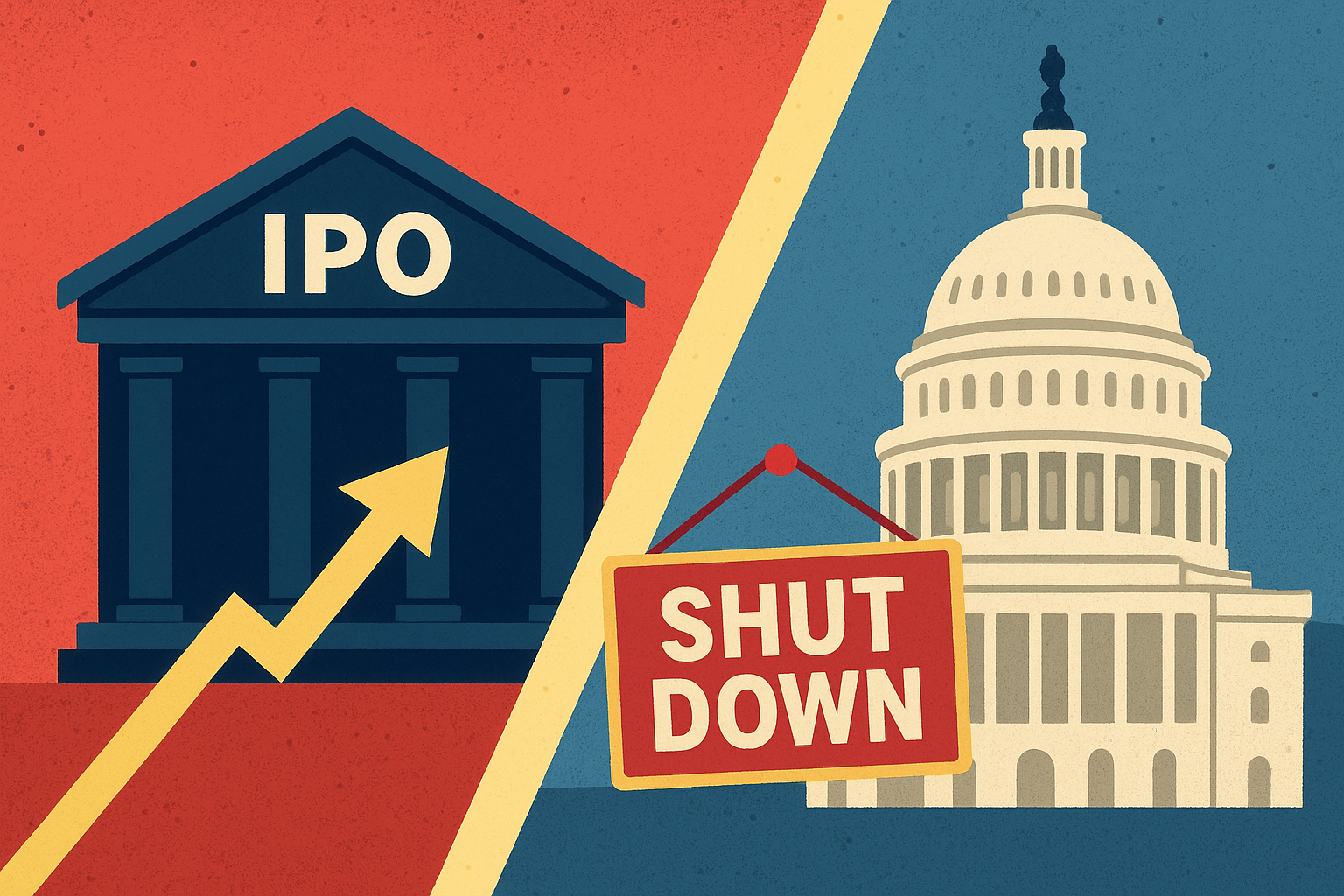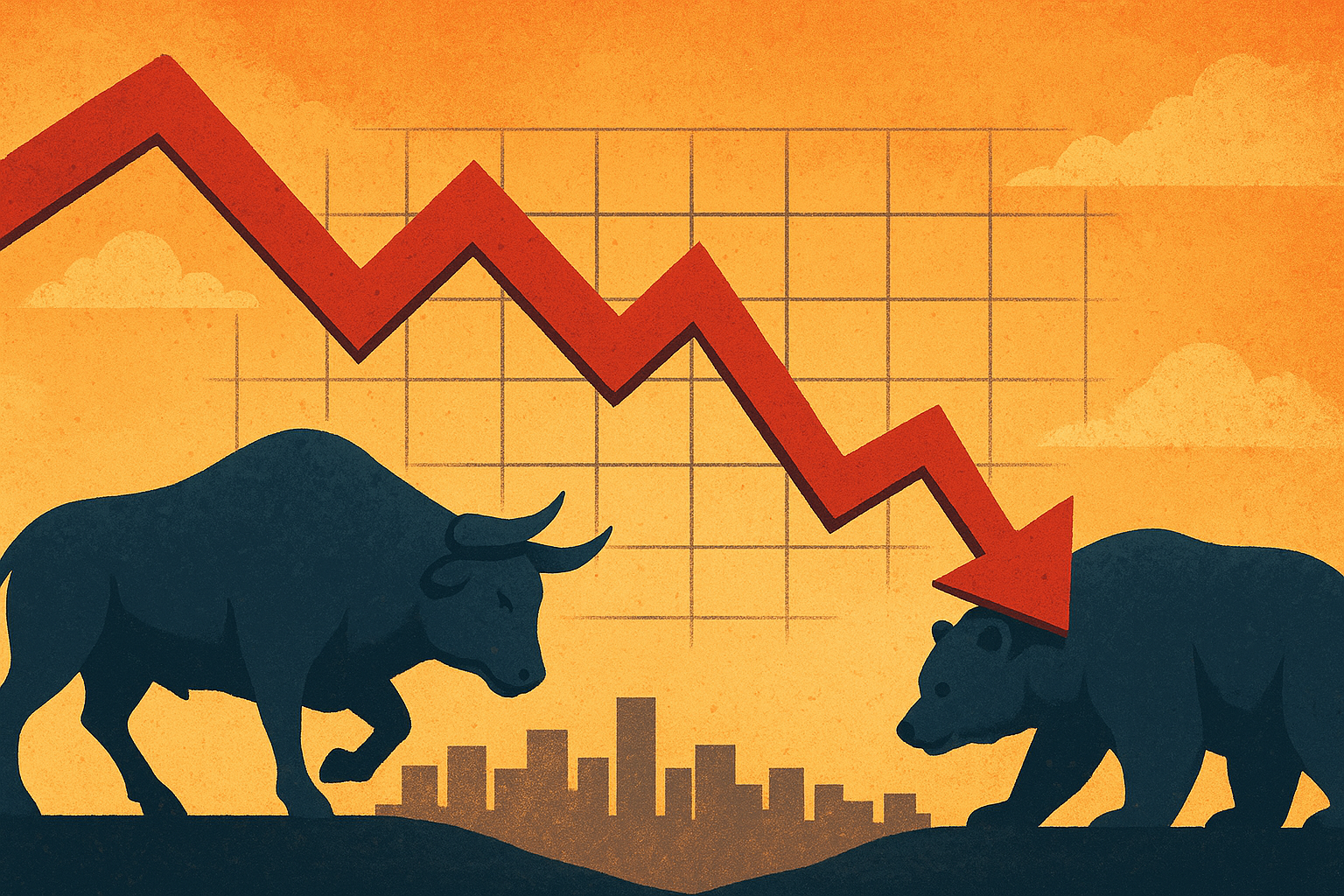As Wall Street digests one of the sharpest weekly selloffs since the pandemic-era panic of March 2020, Morgan Stanley has issued a fresh warning: The worst may not be over. According to Chief Investment Officer Mike Wilson, the S&P 500 could tumble another 7% to 8%, potentially testing key support levels around 4,700.
The call comes on the heels of a 9% decline in the index last week—its most severe weekly drop in over four years—fueled by rising geopolitical tensions, policy uncertainty from the Federal Reserve, and a disruptive move by former President Donald Trump: the announcement of sweeping reciprocal tariffs aimed at global trading partners.
Why This Matters for Investors
The rapid market correction has left many investors reeling, prompting concerns about whether this is a short-term pullback or the start of a broader revaluation in risk assets.
Morgan Stanley’s forecast is notable for its specificity and timing. Mike Wilson, known for his cautious market views, emphasized that while the longer-term fundamentals may still be intact, the current macro environment—marked by rising protectionism, slowing global growth, and an indecisive Fed—warrants heightened caution.
“The S&P 500 has not yet found a durable floor,” Wilson stated in a research note on Monday. “With investor sentiment deteriorating and economic uncertainty rising, we believe further downside is likely before markets stabilize.”
— Morgan Stanley Research, via MarketWatch
The 4,700 level is seen by technical analysts as a critical line in the sand, previously acting as both resistance and support over the past year. A breakdown below that level could trigger further selling as institutional traders respond to breached technical thresholds.
What’s Driving the Decline?
The catalyst behind the recent rout is multifaceted:
- Trump’s Tariff Shock: Former President Donald Trump’s proposed global reciprocal tariff system has rattled global trade expectations. By suggesting that U.S. tariffs mirror those imposed by other countries, the move threatens to escalate trade wars, particularly with China and the European Union. Markets responded swiftly, with a near-instant plunge in export-heavy sectors.
(Source: AP News) - Federal Reserve Uncertainty: The Fed’s “wait-and-see” approach has left investors without a clear read on the interest rate trajectory. With inflation data still mixed and global growth slowing, the central bank’s reluctance to provide forward guidance has added to market anxiety.
(Source: Reuters) - Flight to Safety: Investors have shifted capital into traditional safe havens. Gold prices surged 3% last week, and U.S. Treasury yields have fallen sharply, signaling growing demand for lower-risk assets.
Key Investment Insight: Time for Defensive Positioning
In this environment, analysts are urging investors to reassess their portfolio exposures. Historically, defensive sectors—such as healthcare, utilities, and consumer staples—outperform during market drawdowns.
“It’s time to think quality over growth,” said Liz Ann Sonders, Chief Investment Strategist at Charles Schwab. “Investors should consider rotating into companies with strong balance sheets, steady cash flow, and global diversification.”
— Charles Schwab Market Outlook
Large-cap, dividend-paying stocks, particularly those in sectors less exposed to international trade tensions, may offer relative safety.
Additionally, exchange-traded funds (ETFs) that focus on low-volatility or dividend aristocrat strategies are seeing inflows as investors seek shelter from volatility.
Future Trends to Watch
- Trade Retaliation: Investors should keep an eye on potential countermeasures from China, the EU, and other major economies. A tit-for-tat tariff escalation could compound supply chain issues and hurt corporate earnings across sectors like tech, automotive, and industrials.
- Fed Clarity: Any forthcoming comments or actions from the Federal Reserve could quickly shift market sentiment. A dovish pivot may provide temporary relief, while continued ambiguity could deepen the selloff.
- Earnings Season: With Q1 earnings reports around the corner, analysts will be looking for any signs that macro pressures are weighing on margins and forward guidance.
Morgan Stanley’s warning is a reminder that the market’s recent volatility is rooted in real and potentially long-lasting risks. For investors, this is not the time for complacency. Whether the market finds support at 4,700 or breaks lower, now is the time to prioritize capital preservation, reassess risk, and tilt toward quality.
Stay tuned to MoneyNews.Today for daily insights on market moves, emerging risks, and actionable investment strategies to navigate uncertainty.





